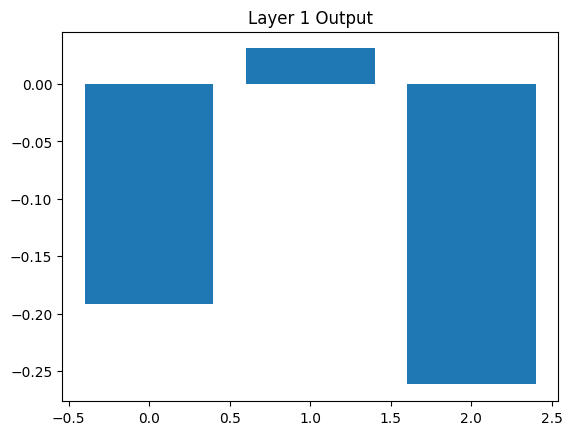Code
## conda install pytorch torchvision torchaudio cudatoolkit=<version> -c pytorch
## (test-env) MED-ML-4210:1999-01-01-iris-dataset-analysis haekyungim$ conda install pytorch::pytorch torchvision torchaudio -c pytorch
## pip install scikit-learn 